I Tried Bringing These 10 Electronics In My Carry-On — TSA Said Nope Every Single Time

After multiple airport adventures, I’ve learned the hard way about TSA’s strict rules on electronics. Flying should be simple, but certain gadgets trigger those dreaded security alarms every time.
I decided to document which devices consistently got me pulled aside, hoping to save you the embarrassment and delays I experienced.
1. Drone with Detachable Battery
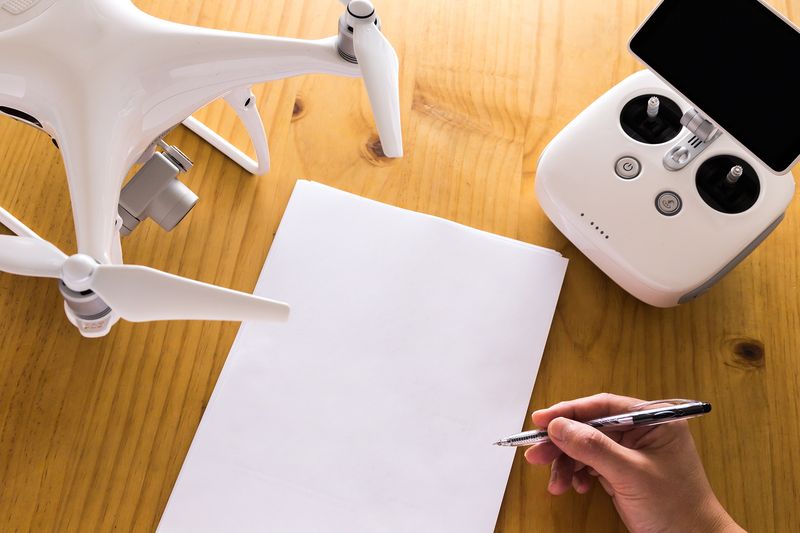
My DJI Mavic drone collection became my travel nemesis. Even when packed properly in a protective case, TSA agents immediately flagged it during scanning. The lithium batteries posed the biggest concern as they exceed allowed capacity limits for carry-ons.
Agents explained these high-capacity batteries could potentially overheat in pressurized cabins. One particularly stern officer in Denver actually demonstrated how quickly drone batteries can reach dangerous temperatures when damaged.
If you’re a drone enthusiast planning to capture aerial vacation footage, you’ll need to ship your equipment ahead or check the manufacturer’s travel-friendly versions specifically designed to meet air travel regulations.
2. High-Capacity Power Bank
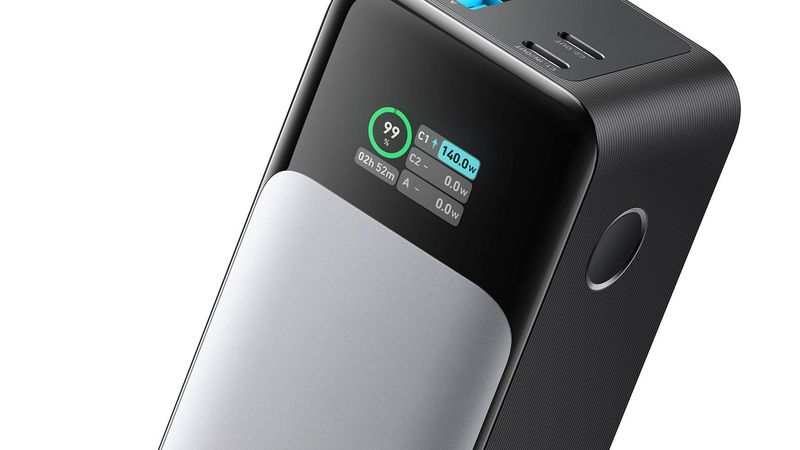
My 50,000mAh power bank for extended wilderness photography trips caught immediate attention at security. The scanning agent called over a supervisor who pulled out a calculator to convert the capacity to watt-hours.
After some math, he explained that FAA regulations limit lithium batteries to 100 watt-hours in carry-ons, with possible exceptions up to 160Wh with airline approval. My massive backup battery exceeded 180Wh, well beyond any allowable limit.
When I tried arguing that I’d flown with it before, the agent showed me burn damage on their inspection table from a previous power bank incident. The demonstration effectively ended my protest, and my expensive power bank stayed behind.
3. Professional Camera Gimbal
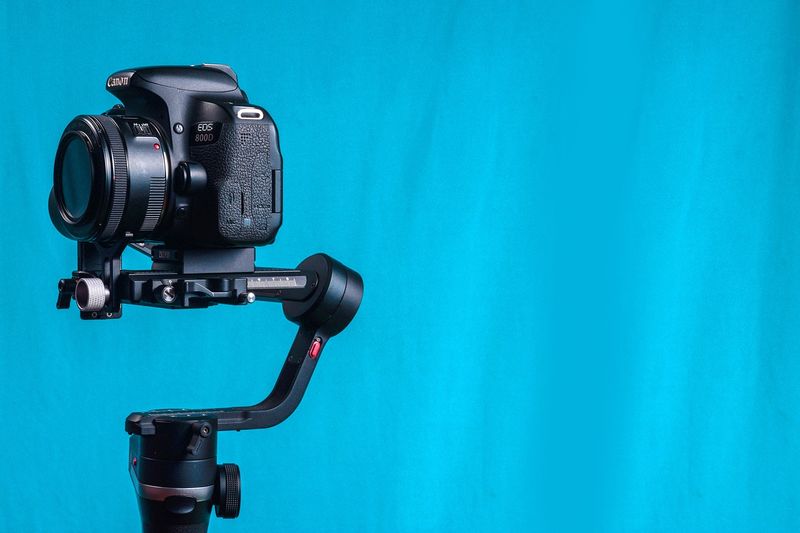
While filming a travel documentary, my electronic DJI Ronin gimbal stabilizer caused major confusion at LaGuardia. The complex arrangement of motors, batteries and articulating arms appeared suspicious under X-ray.
Four agents huddled around the monitor, debating what they were seeing. When opened for inspection, its mechanical components and wiring triggered additional explosive residue testing. The lithium battery pack, though within individual capacity limits, raised concerns due to its unusual configuration.
What frustrated me most was the inconsistency – I’d successfully carried it through three previous airports! The supervisor ultimately deemed it too complex for safe inspection within their time constraints and denied boarding with it.
4. Bluetooth Stun Gun Disguised as Smartphone
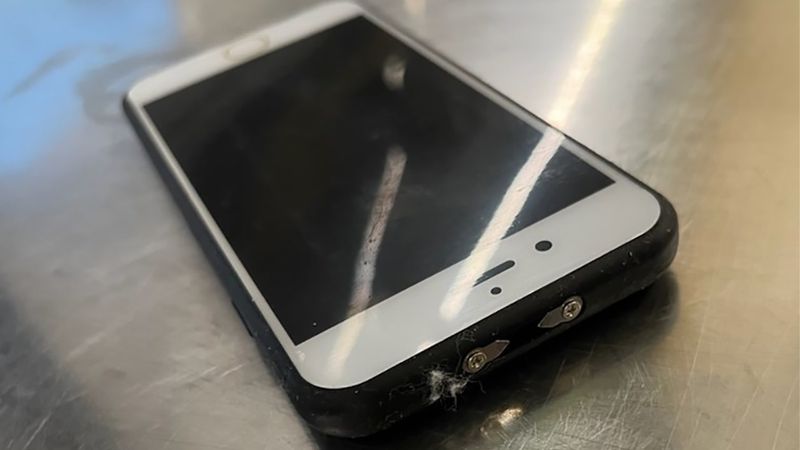
A security gadget gift from an overly protective relative nearly landed me in serious trouble. What looked like an ordinary phone case actually contained a functional stun gun triggered by a hidden button.
The TSA scanner operator immediately recognized the internal components. Within seconds, I was surrounded by security personnel and police officers. During questioning, I genuinely had no idea about its capabilities – the relative had simply called it a “special safety case.”
After a tense hour of questioning and background checks, they accepted my explanation but kept the device. I later learned these disguised weapons are increasingly common and specifically watched for. The incident earned me a special security note on my boarding pass.
5. Smart Luggage with Non-Removable Battery
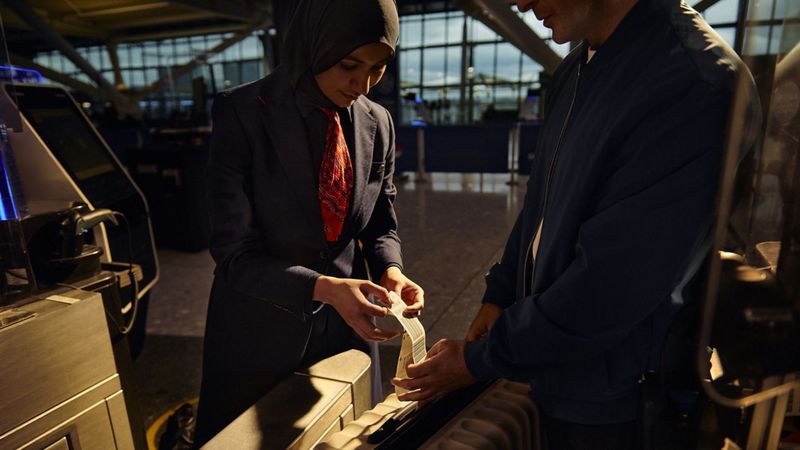
My expensive “smart luggage” with built-in battery for charging devices became useless after a policy change I hadn’t noticed. During check-in at Atlanta, the agent immediately spotted the integrated battery indicators on the suitcase.
She explained that all airlines now require batteries to be removable from smart luggage. Despite the manufacturer’s claims of flight-safety, the permanently installed power bank violated current regulations. The battery powered tracking features and an electronic lock I couldn’t disable.
I faced a difficult choice: abandon my $300 suitcase or miss my flight. Eventually, an airport maintenance worker helped pry out the battery, damaging the case but allowing me to keep the luggage minus its “smart” features.
6. Electric Snowball Thrower
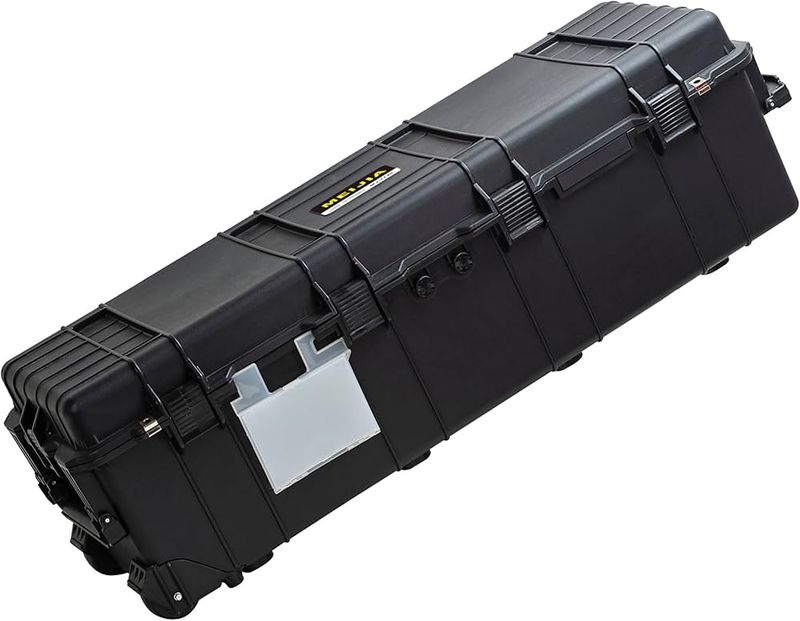
During Christmas travel to surprise my nephews, I packed an electronic snowball launcher that could fire compacted snow 50 feet. The device resembled a small cannon with motorized components and pressure chambers that appeared highly suspicious on X-ray.
The TSA agent’s face showed complete bewilderment as he tried identifying the strange tubular device with compressed air components. When demonstrated (without snow), the loud mechanical sound immediately triggered concerns about disruption in flight.
Additionally, its compressed air mechanism technically qualified as a “launcher” – prohibited under current regulations. The agent actually seemed apologetic, admitting it was “pretty cool” but definitely not allowed. I shipped it separately and arrived empty-handed to disappointed nephews.
7. Electronic Cigarette Mod with Exposed Batteries

My high-powered vape mod with custom battery configuration became a surprising security issue at Phoenix Sky Harbor. The large, modified device with external 18650 lithium batteries and visible wiring set off immediate red flags during scanning.
The agent explained that while basic e-cigarettes are permitted (not for use, just transport), my custom build exceeded size limitations and exposed battery connections presented a short-circuit risk. He demonstrated how loose batteries could contact metal objects in my bag, potentially causing overheating.
What really surprised me was learning that the liquid containers exceeded the TSA’s 3.4-ounce limit for carry-on liquids. The combination of oversized batteries, exposed wiring, and excess liquid meant my expensive vape setup stayed behind.
8. Thermal Imaging Camera Attachment
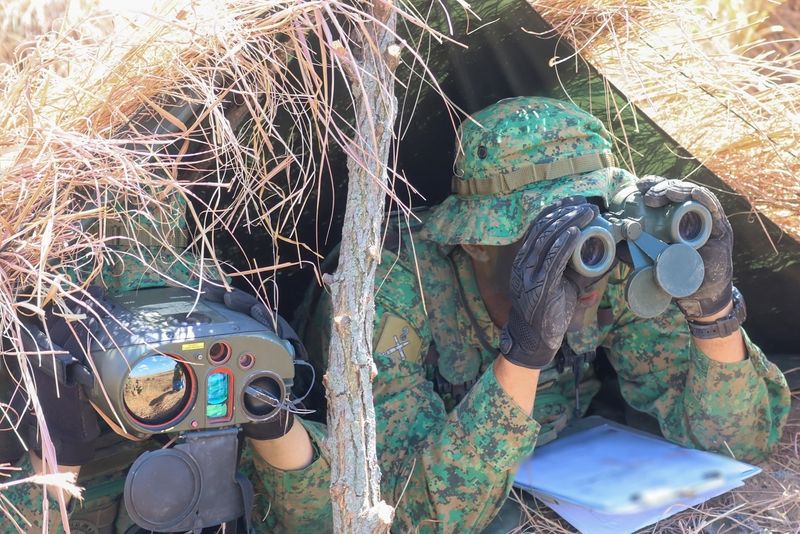
My smartphone thermal imaging attachment for home inspection work triggered serious security concerns at Reagan National. The small FLIR device immediately attracted attention when scanned, with agents unsure about its capabilities.
After identifying it as a thermal imaging device, I was escorted to secondary screening where a supervisor explained the technology falls under export control regulations. Certain thermal sensitivities and capabilities are restricted for international travel due to potential military applications.
Though I was on a domestic flight, the device’s specifications exceeded civilian-use thresholds. The supervisor seemed genuinely apologetic but explained that these specialized electronics require documentation proving they’re registered and approved for transport. I surrendered it rather than miss my flight.
9. DIY Raspberry Pi Project with Wires

My homemade Raspberry Pi weather station project looked terribly suspicious under X-ray. The combination of circuit boards, multiple wires, and a power bank created what security described as a “textbook suspicious electronics profile.”
Despite my detailed explanation about the components and function, the agents seemed increasingly concerned. One actually said it resembled training images they’re shown of improvised electronic devices. The breadboard with exposed wiring particularly troubled them.
After nearly missing my flight during extensive screening, a supervisor finally allowed it only after I disassembled everything, stored components separately, and removed all batteries. The lesson? Factory-sealed electronics travel fine, but homemade projects with exposed components are virtually guaranteed to trigger intensive screening.
10. Vintage Polaroid Camera with Lithium Modification

My refurbished vintage Polaroid camera with modern lithium battery conversion became an unexpected problem at Detroit Metropolitan. The classic camera body combined with visible modern battery modifications confused the scanning operator who called for additional inspection.
The agent explained that the aftermarket lithium battery pack installed where film once loaded exceeded allowed capacity. Additionally, the soldered connections and custom wiring raised red flags about potential fire hazards.
What fascinated me was learning that vintage electronics with modern modifications undergo special scrutiny because they lack standardized safety certifications. The agent mentioned several incidents involving retrofitted devices overheating. Despite my protests about its sentimental value, the custom power system had to be removed before boarding.
